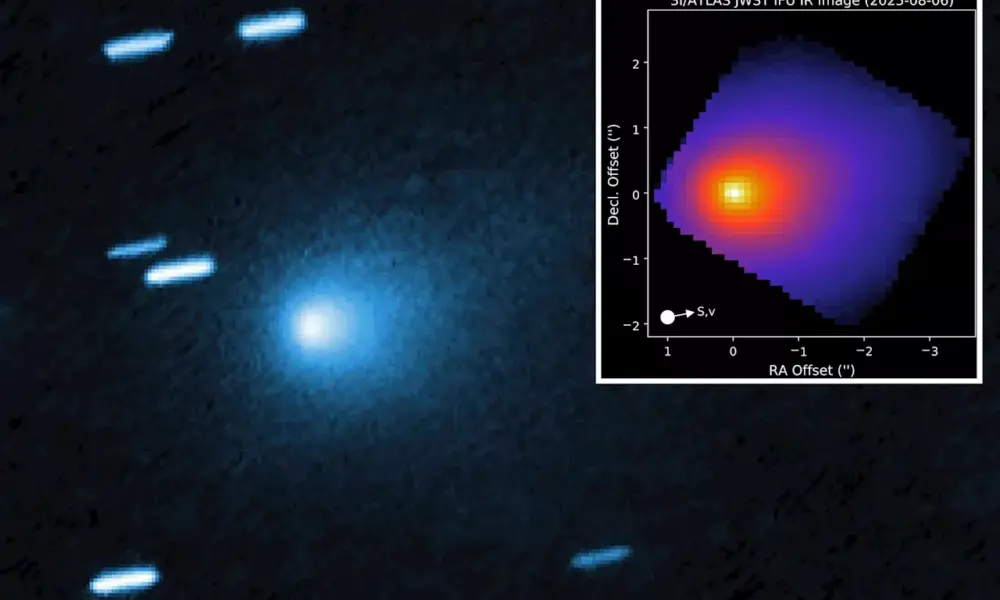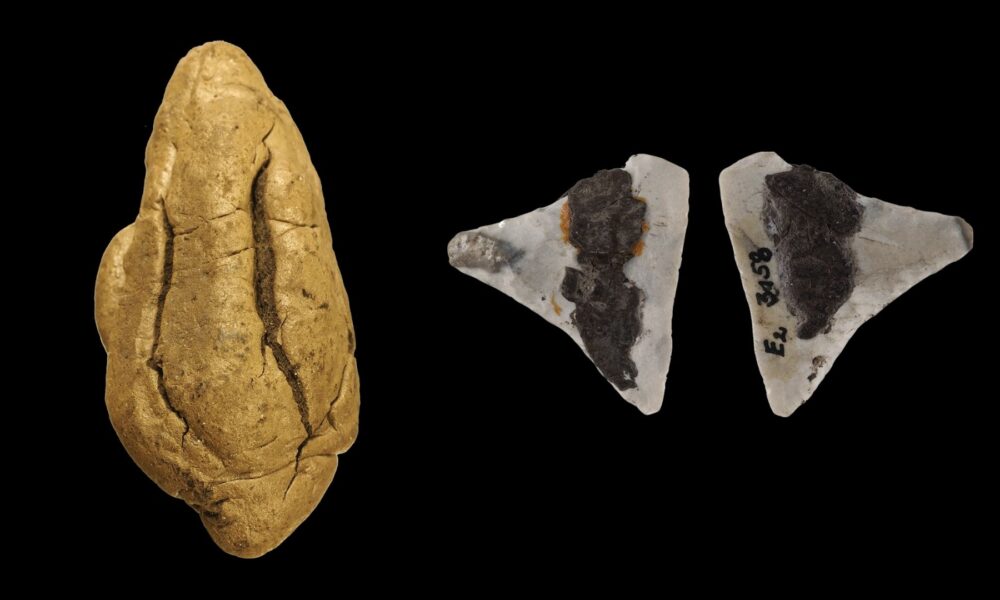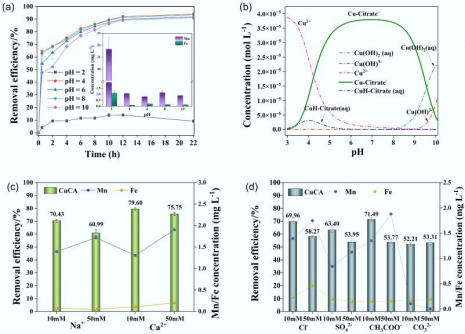Astronomers have identified a large asteroid, designated 2025 SC79, which has a remarkably fast orbit around the sun, making it the second-fastest known asteroid in our solar system. Discovered by Scott S. Sheppard of Carnegie Science on September 27, 2023, the asteroid completes an orbit every 128 days and crosses the orbit of Mercury during its journey.
This discovery is significant for understanding potential threats to Earth and offers valuable insights into the history of our solar system. According to the statement from Carnegie Science, 2025 SC79 is only the second known object to have an orbit that lies inside that of Venus.
Implications for Planetary Defense
Sheppard highlighted the importance of tracking such asteroids, stating, “Many of the solar system’s asteroids inhabit one of two belts of space rocks, but perturbations can send objects careening into closer orbits where they can be more challenging to spot.” The ability to understand the origins of these asteroids is crucial for planetary defense strategies, as it helps researchers identify objects that could pose a risk to Earth.
Currently, 2025 SC79 is positioned behind the sun, making it invisible to telescopes for several months. Sheppard’s ongoing research focuses on identifying “twilight” asteroids, which are difficult to detect due to their proximity to the sun. This effort is partly funded by NASA and utilizes the Dark Energy Camera on the National Science Foundation’s Blanco 4-meter telescope to search for “planet killer” asteroids in the sun’s glare.
The sighting of 2025 SC79 was confirmed using the NSF’s Gemini telescope and Carnegie Science’s Magellan telescopes. Notably, Sheppard also discovered the fastest known asteroid in 2021, which completes its solar orbit in just 133 days.
As astronomers continue to monitor these celestial bodies, the insights gained will enhance our understanding of the solar system’s dynamics and improve our preparedness for any potential threats.






